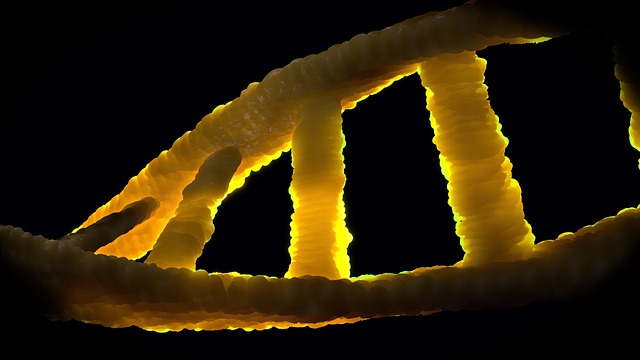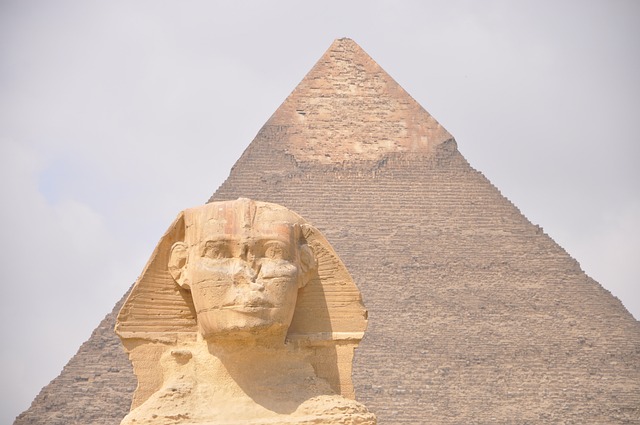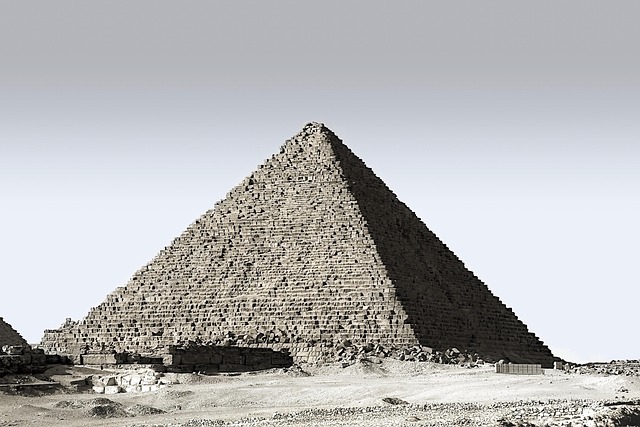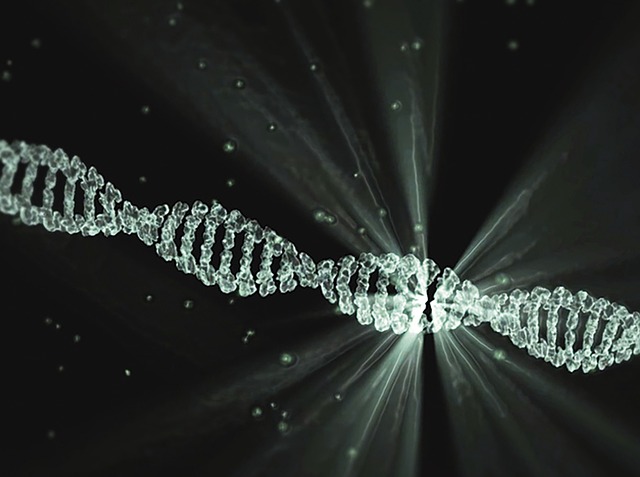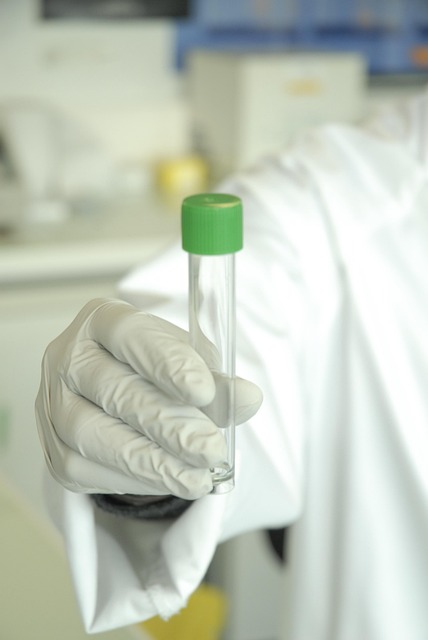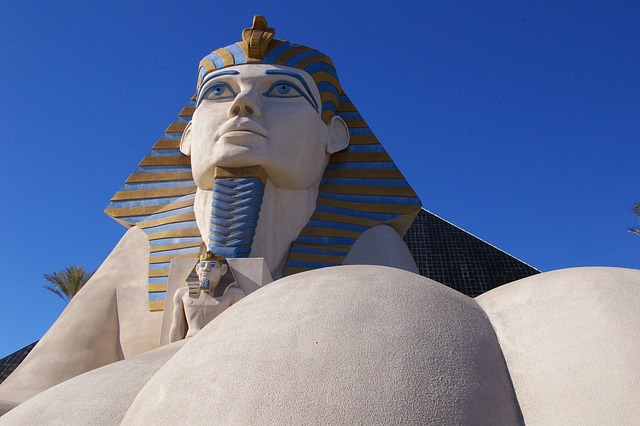The first complete genetic analysis of an Ancient Egyptian has revealed a man believed to have been a skilled potter, laid to rest in a burial typically reserved for the elite. The remains of the middle-aged man, who lived between 4,500 and 4,800 years ago, were discovered tightly curled within a large ceramic vessel in a hillside tomb at Nuwayrat, some 165 miles south of Cairo. His lifetime coincides with Egypt’s Fourth Dynasty — the golden era of pyramid-building under pharaohs such as Khufu and Khafre.
++ UK records hottest day of 2025 amid Europe-Wide heatwave
Unlike many ancient Egyptian remains, this individual’s DNA survived due to the absence of mummification — a practice not yet widespread at the time. The desert’s hot, arid conditions naturally preserved his body, enabling researchers from the Francis Crick Institute and Liverpool John Moores University (LJMU) to extract DNA from the root of a tooth.
His skeleton bore the unmistakable hallmarks of a strenuous working life, with pronounced arthritis and wear indicating he likely spent long hours seated with limbs extended and head bent forwards — postures consistent with pottery work.
Professor Joel Irish, a dental anthropologist and archaeologist at LJMU, said: “Though circumstantial, these clues point towards pottery, including the use of a pottery wheel, which had only just arrived in Egypt around that time.
“However, his high-status burial is unexpected for a potter, whose physical toll of labour would not normally have warranted such honour. Someone went to great effort to place him in a rock-cut tomb within a large ceramic vessel — a burial at odds with the life of intense physical hardship he appears to have endured.”
Genetic analysis revealed that while most of his ancestry originated in North Africa, around 20 per cent was linked to ancient populations from the Fertile Crescent — the historically rich region covering parts of modern-day Iraq, Iran and Jordan.
This marks the first direct genetic evidence of population mixing between Ancient Egyptians and peoples from the Fertile Crescent, strengthening the historical narrative of trade, cultural exchange, and now, interbreeding.
++ Vet issues urgent warning over viral trend that could kill pets
Researchers speculate the man may have been among the first in Egypt to adopt the pottery wheel — a revolutionary technique imported from Mesopotamia. Prior to its introduction, Egyptian pottery had been fashioned by hand using the coil method. If he was an early adopter of this innovation, it may have contributed to his elevated status at the time of his death.
The skeleton was first excavated in 1902 and has been housed at World Museum Liverpool ever since, remarkably surviving the wartime bombing raids that destroyed much of the museum’s human remains collection during the Blitz.
Dr Linus Girdland Flink, lecturer in ancient biomolecules at the University of Aberdeen and visiting researcher at LJMU, remarked: “This individual has been on an extraordinary journey. He lived and died during a pivotal time in Egypt’s history. His DNA tells us that ancient populations were not static, but fluid and interconnected.”
Adeline Morez Jacobs, also a visiting research fellow at LJMU, added: “This discovery is significant because we’ve long known that Egyptian and Fertile Crescent cultures influenced each other through trade and shared practices — from farming to early writing systems. Now we have concrete biological evidence of that connection.”
